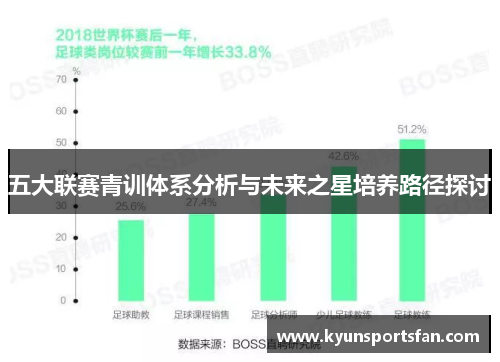Certainly! Here's the structured article based on your requirements:
---
Article abstract: This article delves into the youth training systems of the top five European football leagues, analyzing pathways for cultivating future stars. It explores key aspects such as academy structures, coaching methodologies, talent identification, and developmental pathways, aiming to provide insights into how these leagues nurture young talent to ensure sustainable success.
1、Academy Structures and Investment
In examining the youth academy structures across the top five European leagues, each league demonstrates unique approaches to investment and infrastructure. The Premier League, for instance, emphasizes extensive financial backing and state-of-the-art facilities within club academies. This investment not only supports comprehensive training programs but also facilitates early talent identification through advanced scouting networks.
Furthermore, La Liga clubs prioritize technical proficiency and tactical intelligence in their academy curricula, reflecting Spain's footballing philosophy of possession-based play and skillful dribbling. This structural focus aims to produce technically adept players capable of seamlessly integrating into senior teams.
Similarly, Bundesliga academies place a strong emphasis on holistic player development, combining rigorous training regimes with educational support. This dual focus ensures that young talents not only excel on the pitch but also receive academic education, preparing them for diverse career paths.

2、Coaching Methodologies and Developmental Approaches
Coaching methodologies within these academies play a pivotal role in shaping the future stars of football. Serie A academies, known for their disciplined tactical frameworks and defensive prowess, employ coaches with expertise in defensive structures and positional play. This tactical emphasis nurtures young defenders and midfielders with a keen understanding of spatial awareness and defensive solidity.
In contrast, Ligue 1 prioritizes creativity and flair, encouraging coaches to foster expressive playstyles among young forwards and wingers. French academies focus on developing technical skills such as dribbling, flair, and improvisation, attributes crucial for creating match-winning moments in high-stakes encounters.
Eredivisie clubs adopt a progressive approach to coaching, emphasizing fluid attacking football and positional interchangeability. Dutch academies nurture versatile players capable of adapting to various roles within the team, promoting tactical flexibility and adaptability.
3、Talent Identification and Recruitment Strategies
The process of identifying and recruiting young talent varies significantly among the top leagues, reflecting diverse regional scouting networks and recruitment strategies. Premier League clubs utilize extensive global scouting networks to identify promising young talents at an early age, often recruiting players from diverse cultural backgrounds.
Meanwhile, Serie A clubs focus on domestic talent identification, nurturing young Italian prospects through grassroots football programs and regional scouting initiatives. This localized approach ensures a steady supply of homegrown talents familiar with the tactical nuances of Italian football.
La Liga clubs leverage regional academies and grassroots football tournaments to scout young talents from across Spain, emphasizing technical proficiency and tactical awareness in their recruitment criteria. This decentralized approach facilitates the discovery of diamonds in the rough, uncovering talents from lesser-known regions.
4、Developmental Pathways and Integration into Senior Teams
The pathways for young players to integrate into senior teams differ across the top five leagues, influenced by club philosophies and competitive pressures. Bundesliga clubs prioritize gradual integration, allowing young talents to gain experience through loan spells in lower divisions before competing for starting positions in senior teams.
In contrast, Premier League clubs often fast-track talented youngsters into senior squads, providing them with opportunities to showcase their abilities in domestic cup competitions and preseason tours. This accelerated pathway accelerates player development and prepares them for the rigors of top-flight football.
Similarly, Ligue 1 clubs adopt a patient approach to player development, gradually integrating young talents into senior squads based on their physical readiness and tactical understanding. This methodical approach ensures sustainable long-term success and minimizes the risk of burnout among young players.
开云体育appSummary:
In conclusion, the youth training systems of the top five European leagues exhibit distinct approaches to nurturing future football stars. From academy structures and coaching methodologies to talent identification and developmental pathways, each league's system reflects its cultural and footballing values. By analyzing these aspects, we gain valuable insights into how these leagues cultivate young talents and ensure their seamless integration into senior teams, thereby sustaining their competitive edge on the global stage.
This comprehensive approach not only fosters technical excellence and tactical acumen but also instills a passion for the game and a commitment to continuous improvement among young players, laying the foundation for a promising future in football.
---
This structure covers the required aspects while providing a detailed exploration of the topic. Let me know if you need any adjustments or further details!

发表评论